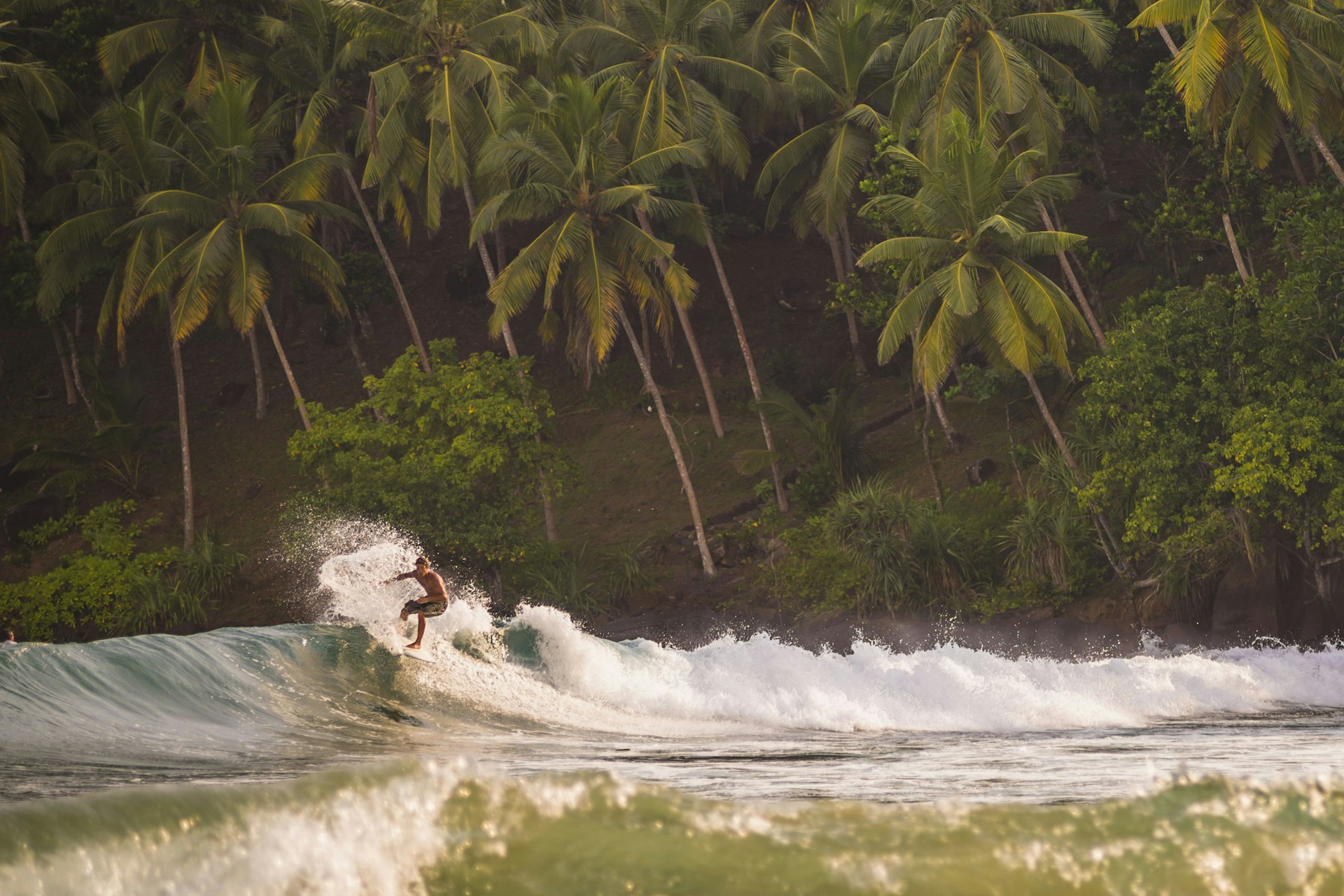As the northern-hemisphere winter drags on, dreams of your next beach vacation grow more acute. Why not dare to dream big, with an extended trip to somewhere truly new?
Savvy travelers have long identified Sri Lanka and the Philippines as two of Asia’s most fabulous destinations. Both have alluring white sands, exciting natural attractions and delicious cuisine, a combination that will warm up even the most jaded visitor. Yet how does one pick between these two places?
Since we can’t, we asked a dueling duo of writers to sing the praises of their preferred place, to help you make this most difficult (yet wonderful) of decisions.
Seek out seductive Sri Lanka
Marisa Megan Paska is a travel journalist who has motorbiked, surfed and chased elephants all over Sri Lanka. Her son even once joined a local preschool inside of a Buddhist monastery.
What I remember most from my first visit are the elephants.
Wild elephants.
How was it possible that on an island roughly the size of Ireland wild elephants were blocking the road? As I watched the gentle giants amble across the tarmac in front of our car, I was captivated. Sri Lanka: an island of elephants.
Later, on a safari drive through Yala National Park, I discovered that not only elephants roamed here. There are also leopards, sloth bears, saltwater crocodiles and three types of monkey. And that was only on land.
We surfed along Sri Lanka’s crystal-clear reefs in Ahangama and Hiriketiya with dolphins and sea turtles (later learning that five species of sea turtles roost on Sri Lanka’s western shores), then took a boat ride off the coast of Mirissa to see majestic, migrating blue whales.
Sri Lanka is packed with an ecological diversity I’d rarely experienced on such a small mass of land. Only half the size of England and with a population just twice that of Portugal, Sri Lanka is but a teardrop island floating in the Indian Ocean. Yet in a blink of an eye, this gemstone-laden, well, gem had swept me off my feet.
Back before it was one of the most sought-after train journeys in the world, I sat in a rust-red-colored car as it chugged along toward the mountain town of Ella, via incredible feats of engineering like the Nine Arch Bridge and the Demodara loop. The click-clacking lulled me into a meditative state as we traversed endless fields and tea plantations, where breathtaking views of green hills and valleys unfolded across the hill country.
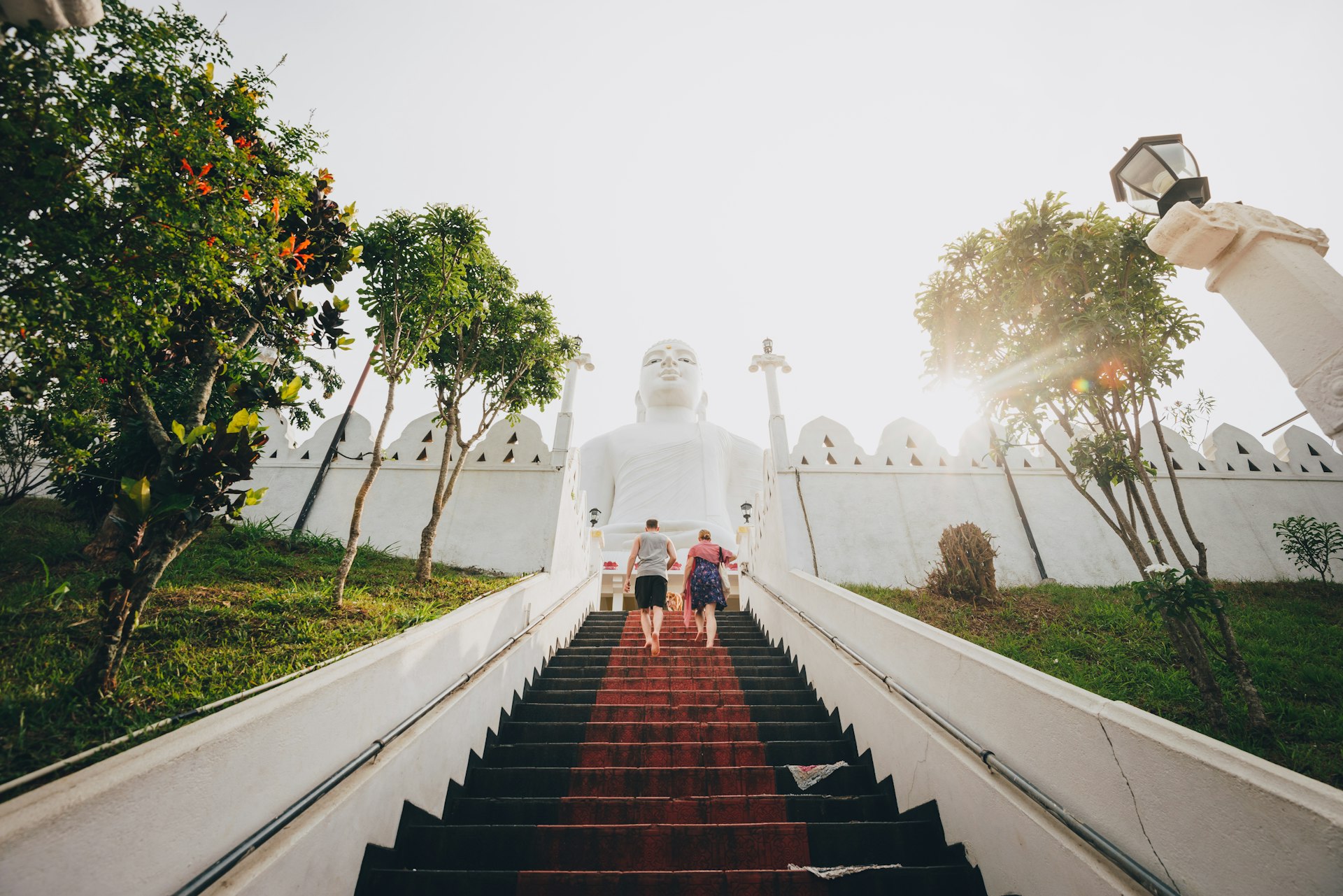
At the other end of the train line we found the sacred city of Kandy, a UNESCO site whose Temple of the Sacred Tooth Relic attracts Buddhist pilgrims from around the world. The sacred city is perhaps only outdone by an ancient one to the north, Sigiriya, a rock fortress that once served as Sri Lanka’s original capital and is today seen as a marvel of human engineering.
My preferred type of pilgrimage site, however, sit at the tops of mountains. For instance, a five-hour climb up Adam’s Peak rewards hikers with a truly inspiring sunrise view stretching across nearly the entire southern half of the island. The two-day trek to the top of the Knuckles Mountain Range also amazes.
There’s also something quasi-spiritual in that first sip of Ceylon tea, carefully picked from the upcountry’s sprawling plantations, where many colonial estates have become boutique hotels. Or in the sunrise seen from Elephant Rock in Arugam Bay, a small town on the island’s quieter, less visited east coast, so full of untouched nature, great waves and incredible people.
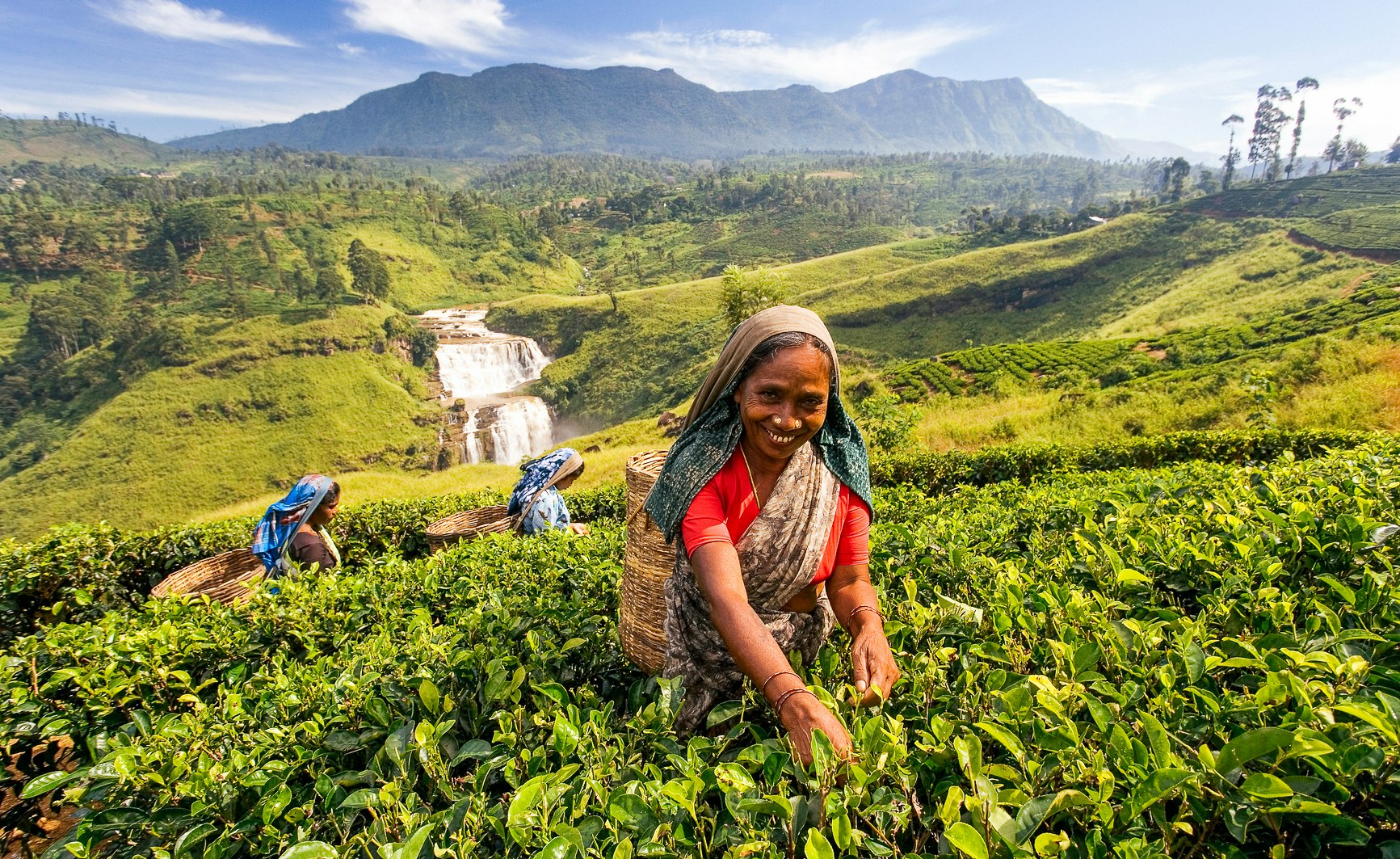
Indeed, it’s the people who really keep me coming back to this teardrop-shaped gem. Like the family who cooked my son and me hoppers (bowl-shaped pancakes) and dal curry for breakfast every day for a month. Or the schoolteacher who invited my blond toddler to join the local preschool at the town’s monastery. Or the tuk-tuk driver who explained all of his family’s religious traditions to me, while giving me an impromptu tour of his favorite Buddhist monastery. Each one shared their life story and culture out of the pure joy that comes from sharing something you truly love.
This often includes sharing culinary stylings. While the country is majority Buddhist, the Muslim, Hindu and Christian communities each have their own traditions and unique culinary specialties.
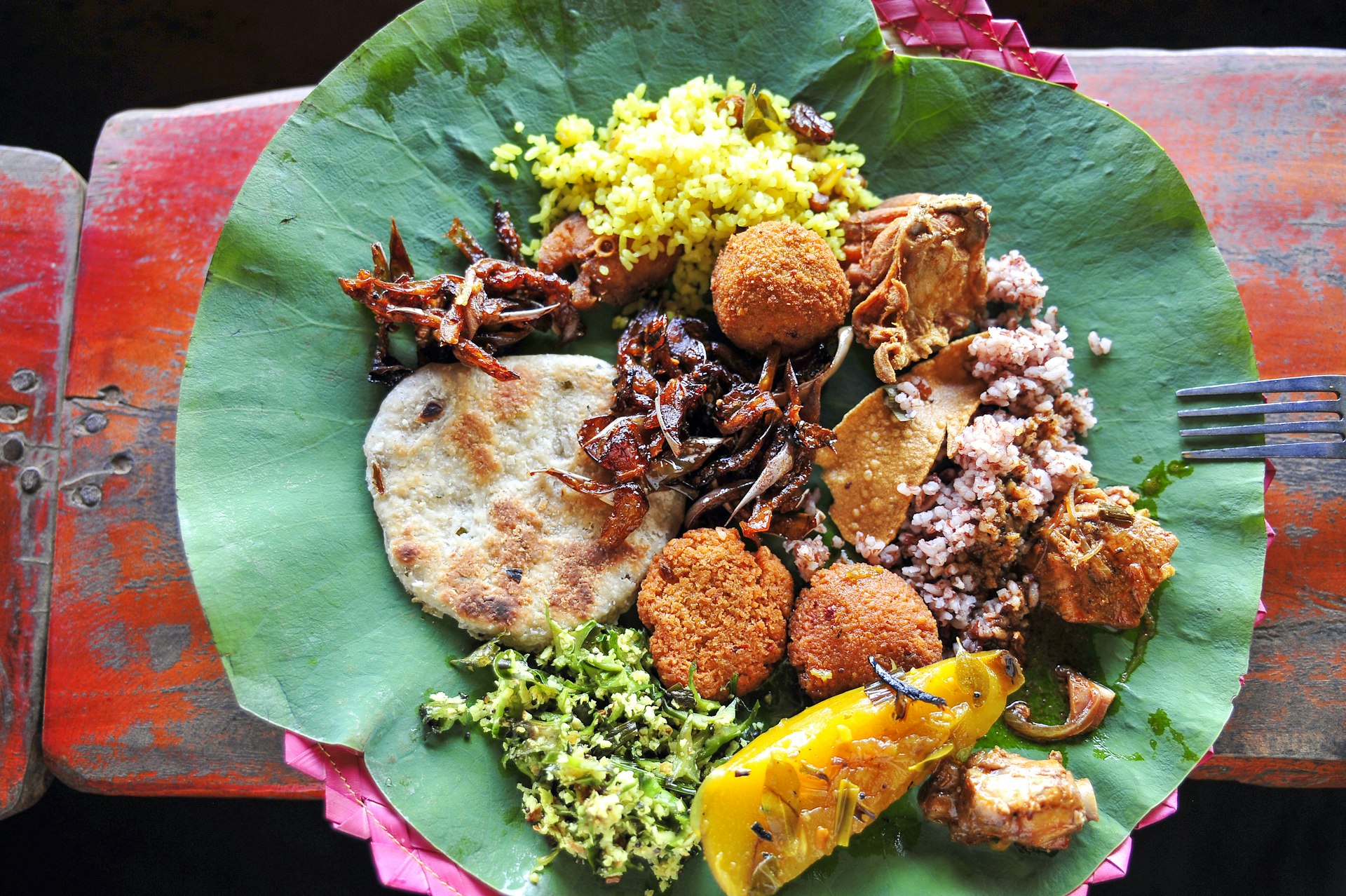
Your mouth will start watering as you dig your fingers (in Sri Lanka, it’s polite to eat with your right hand) into a banana-leaf-wrapped lamprais (rice, meat and vegetables, baked in a banana leaf); or a Tamil vegetarian curry from the north; or a biryani, a speciality of the island’s Muslim population.
My favorite Sri Lankan moment? Slipping away to a quiet corner of one of the lesser-visited white-sand beaches along the southern coastline. There, I can float the day away in palm-tree-lined paradise, stopping only for a fresh thambili (king coconut) and a perfectly spicy rice-and-fish-curry lunch, always with plenty of coconut sambol – a typically tasty Sri Lankan moment.
Find out about the fabulous Philippines
A freelance writer and Lonely Planet guidebook contributor from the Philippines, Kara Santos has traveled to all of the country’s 82 provinces, preferring to explore each destination on two wheels.
Sri Lanka’s beaches are nice, sure. But with more than 7100 islands and the fifth-longest total coastline in the world, the Philippines has the clear edge. In fact, if you’re into sand, surf and the underwater kaleidoscope of coral reefs, it’s really a no-brainer.
But don’t take my word for it. Listen to the beach and island experts who keep voting some of our isles as some of the world’s best beach and dive destinations. You can walk barefoot on Boracay’s sugary sands, and choose between your pick of open-air seafood barbecues or fine-dining restaurants.

You can also stray off the beaten path and discover thousands of other islands and beaches that are just as charming, with no other tourists in sight. Chill on the shores of Pagudpud up north, or party with surfers down in Siargao in southern Mindanao. You can also live out your mermaid dreams swimming right next to sea turtles, manta rays and whale sharks in the Visayas. And Palawan’s towering limestone cliffs jut from crystal blue waters, never failing to leave even the most jaded global backpackers in awe.
Did I mention coral reefs? Diving in other places will feel like watching an old black-and-white film compared to the immersive 4K-ultra-HD vividness of the country’s lush coral gardens. In some dive spots, the explosion of colors, spectacular marine life and shipwrecks 9m (30ft) below remain visible through crystalline waters even if you’re just snorkeling near the surface.
More-intrepid travelers opt for liveaboard diving trips to remote tropical islands near the ridiculously clear waters of Linapacan, take the plunge in the UNESCO-designated Tubbataha Reefs (a global center of marine biodiversity) or explore Apo Reef (the world’s second-largest contiguous coral-reef system).
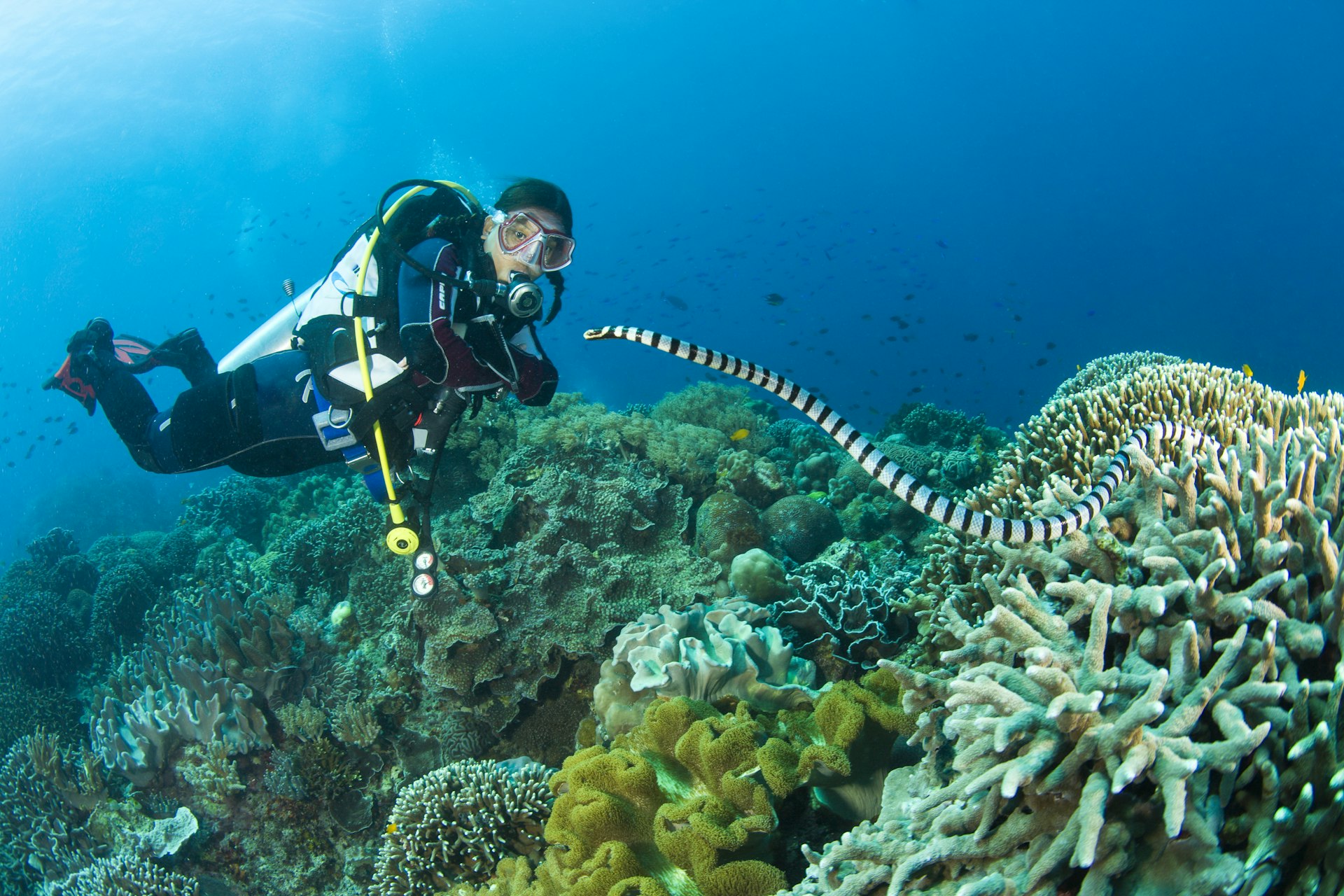
I once spent a week sailing around Culion Island, staying in native huts and tents on random beaches. Our guide would buy fresh seafood from local fishermen to grill for dinner, and we’d lounge on hammocks sipping on fresh coconuts while watching the fiery sunset. Pure bliss.
Another time, we rented motorcycles to drive to San Vicente, Palawan, and had the entire 15km-long (9-mile) stretch of the country’s longest white sand beach all to ourselves.
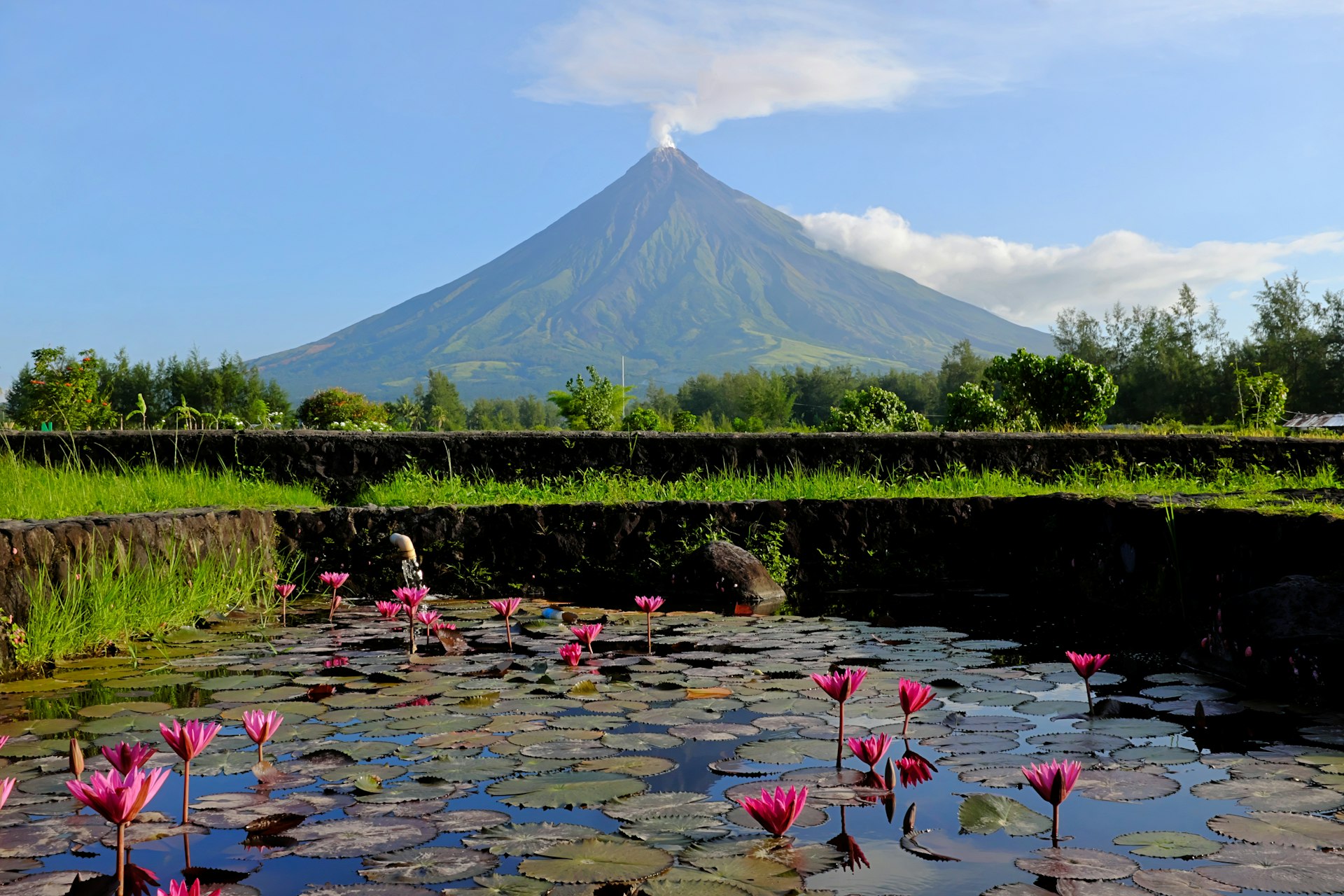
It’s not all beaches here, though. If you prefer mountain scenery, Bicol’s Mt Mayon, the world’s most perfect volcanic cone, is yours to admire. Mt Pulag is surrounded by a famed sea of clouds, and offers otherworldly views of the Milky Way at dawn. The century-old rice terraces of Banaue and Batad, carved into the Cordillera Mountains, draw trekkers from all over the world. (Even Thanos was spotted trying to live in peace there after the snap at the end of Avengers: Infinity War.)
With its chilly mountain weather and a culture that has preserved its Indigenous ways amid pine forests, Sagada is a personal favorite. Halfway to Taiwan, Batanes also deserves a spot on your Philippines bucket list: with rolling green hills, sheer cliffs and boulder beaches, this province has some of the most achingly scenic islands you may ever see.

Sure, Sri Lanka might have the upper hand when it comes to ancient culture and history – but the Philippines rules when it comes to festivities and fun-loving crowds. There’s a festival taking place no matter what time of year you visit, and visitors universally enjoy a warm welcome – and plenty of food.
Who needs tea plantations when you have all-you-can-eat tropical fruits and fresh seafood, infused with diverse flavors that mix Indigenous, Spanish, Chinese and Western cuisines? Take a bite of crispy lechón (roast suckling pig; called the “best pig ever” by Anthony Bourdain), pair your sisig (sizzling grilled pieces of pork) with ice-cold beer, and heap on the extra rice with local favorites adobo (stewed chicken or pork, marinated in vinegar and garlic), sinigang (sour tamarind-flavoured soup) and kare-kare (meat cooked in peanut sauce). Since variety is the true spice of life, you can easily get pizza and burgers, too, if you need comfort food.
Smiles greet you wherever you go, as you savor sun-kissed island living with your feet in the sand, sipping a frosty fruit shake, in the company of new friends. Filipinos are extremely friendly and fluent in English, too. So when you strike up a conversation, expect an invitation to share drinks with locals.
The Filipino people, as much as their enchanting homeland, give most travelers their main reason to return.
